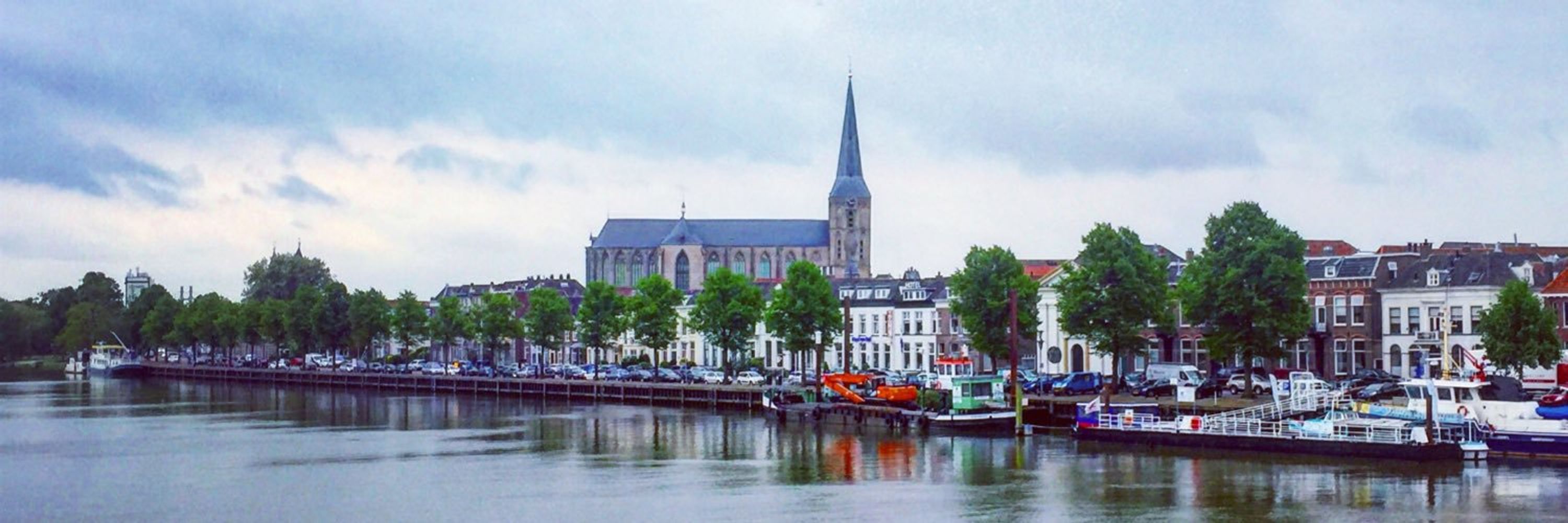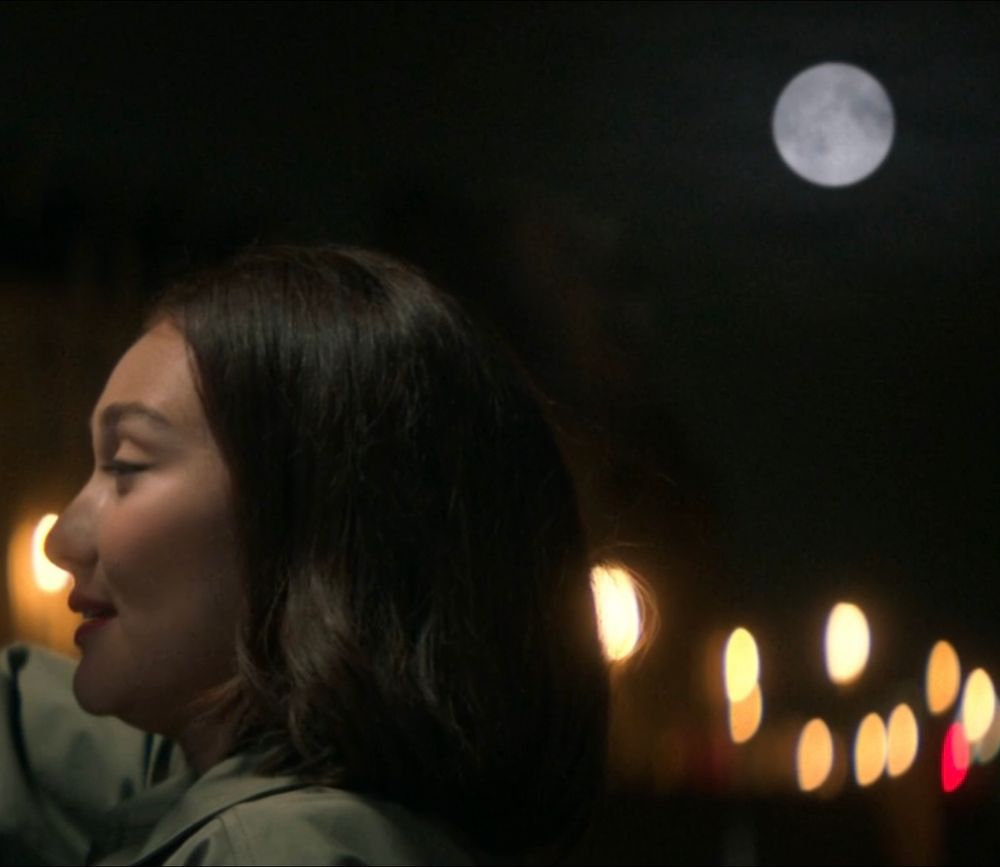
Github: https://cvisscher.github.io/
A silly activity but a fun way to review some of the concepts we've been exploring in intro astronomy in order to better understand the relative motions of the Earth, Sun, and Moon!
A silly activity but a fun way to review some of the concepts we've been exploring in intro astronomy in order to better understand the relative motions of the Earth, Sun, and Moon!






